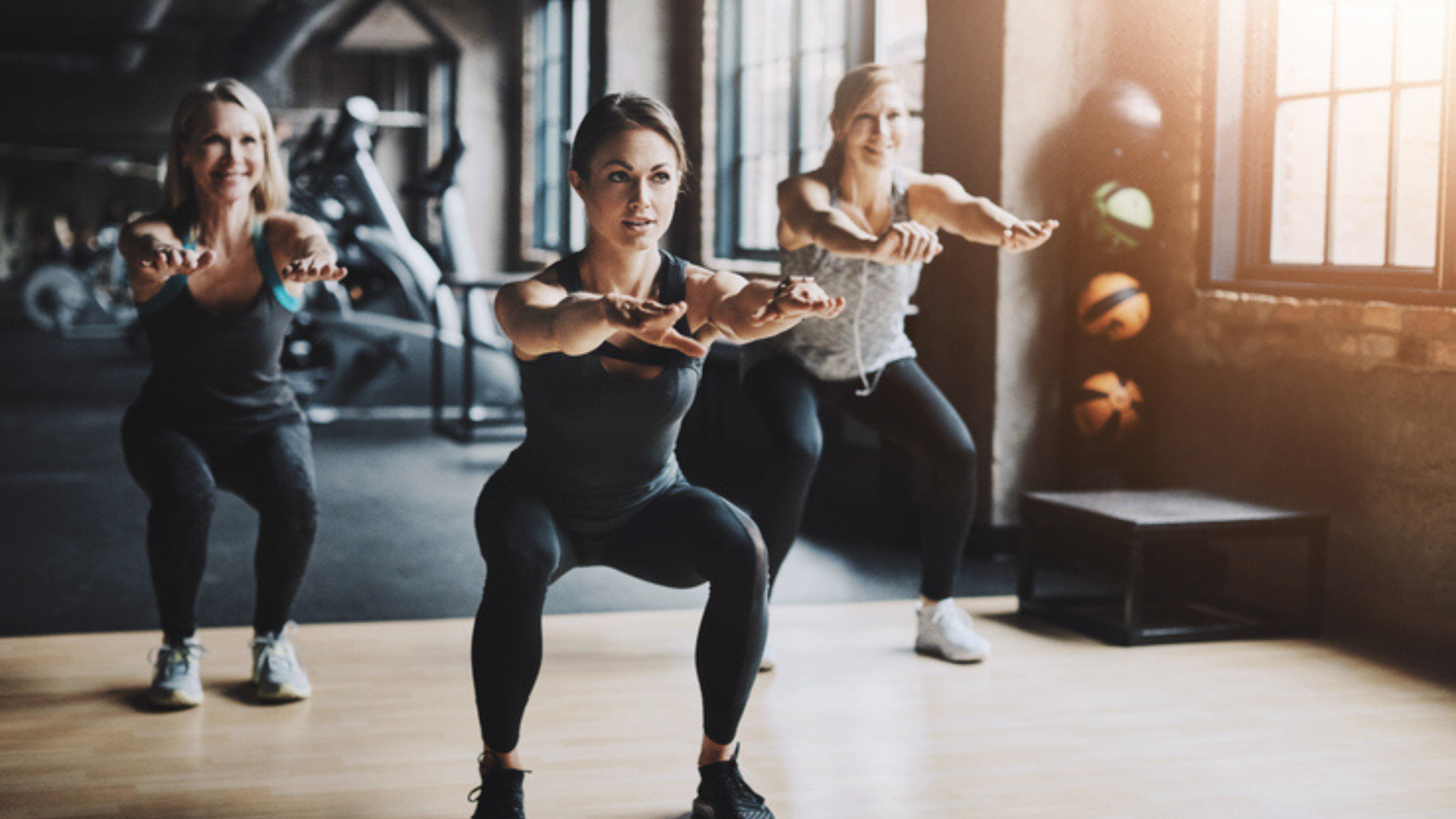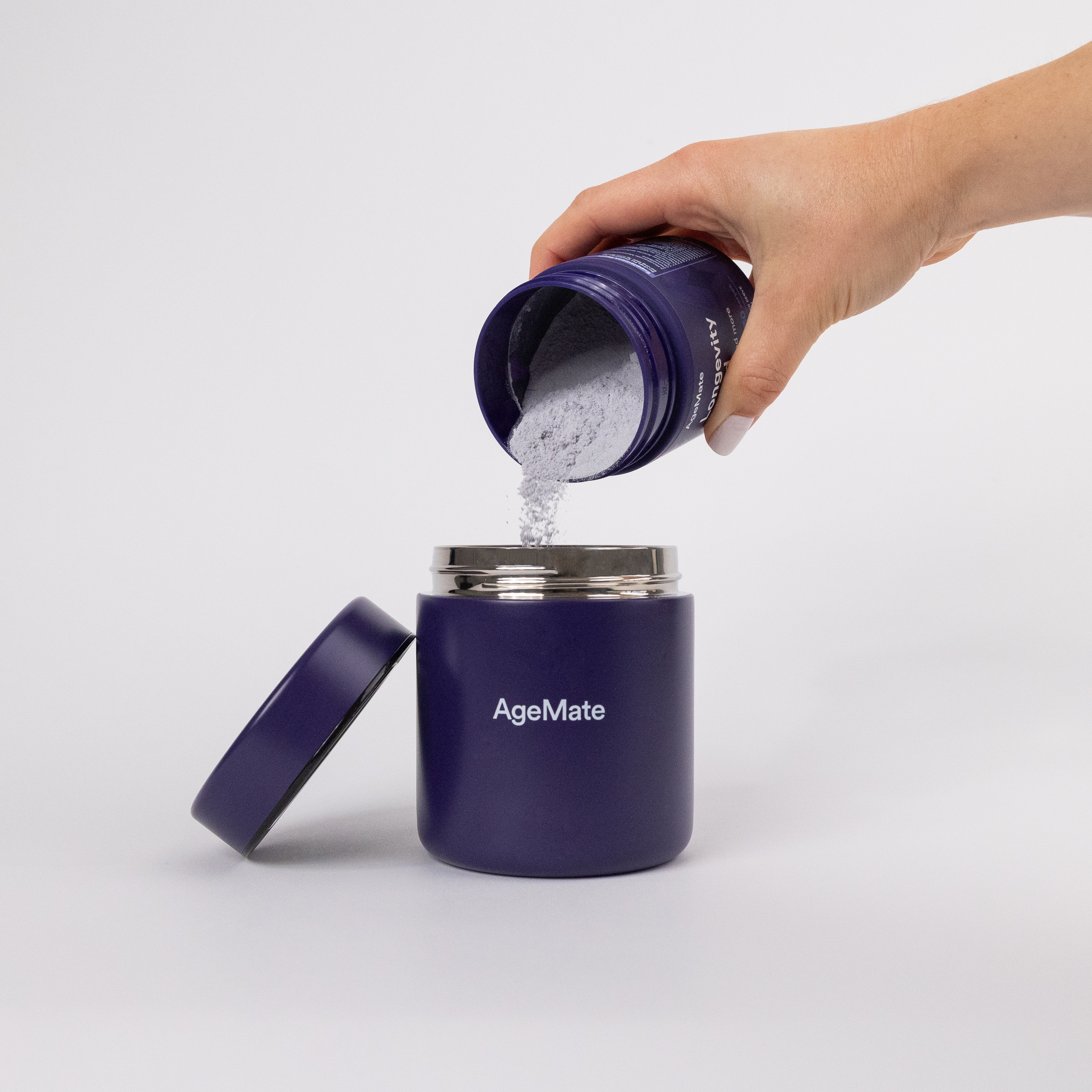Key Takeaways
-
Your body can “learn” to age more gracefully by improving adaptability, fitness, and metabolic health.
-
Zone 2 training, muscle strength, and VO₂ max are powerful indicators of biological age.
- Lifestyle choices, especially those related to movement, can help your body stay younger for longer.
Did you know that your “fitness age” can sometimes be decades younger than your chronological age? Researchers studying endurance athletes have found men and women in their 70s with the same VO₂ max as average people in their 40s (R).
This means your body isn’t locked into a predetermined timeline — you can, quite literally, train it to age more slowly. And the best part? The changes don’t require extreme routines, but rather consistent, smart habits that support your longevity.
Unlocking Metabolic Flexibility for Healthy Ageing
As you grow older, your cells can either become sluggish or stay sprightly. The secret lies in something called metabolic flexibility—your body’s ability to smoothly switch between burning carbohydrates and fats for energy.
When you’re metabolically flexible, your cells can keep your blood sugar steady, protect against fatigue, and maintain energy throughout the day. A review published in Cell Metabolism found that metabolic inflexibility—an impaired ability to switch between fuels—is strongly linked to obesity, insulin resistance, and type 2 diabetes, conditions that also contribute to accelerated ageing and chronic disease risk (R).
Improving this flexibility doesn’t mean dieting extremes — it means regular movement, balanced meals, and keeping your mitochondria (the “batteries” of your cells) in top condition. Exercise, especially endurance and strength training, has been shown to “re-train” your metabolism, restoring youthful efficiency well into later life.
Why VO₂ Max Is a Crystal Ball for Longevity
One of the most powerful predictors of how long and well you’ll live isn’t your cholesterol or blood pressure — it’s your VO₂ max. This measures how much oxygen your body can use during peak exercise. Simply put, it reflects how efficiently your heart, lungs, and muscles work together.

Higher cardiorespiratory fitness, reflected in VO₂ max, is strongly associated with longer life expectancy and better quality of life. A 46-year follow-up study of over 5,000 men found that those with higher VO₂ max lived up to 5 years longer, and each small increase in VO₂ max extended life expectancy by about 45 days (R). In fact, reviews suggest that improving VO₂ max by just 10% can reduce the risk of early death by nearly 15% (R).
Here’s the good news: VO₂ max isn’t fixed. Even people in their 60s and 70s can see dramatic improvements in just a few months of consistent aerobic training. Every time you go for a brisk walk, swim, or bike ride, you’re essentially teaching your heart and lungs how to stay younger.
The Magic of Zone 2 Training for Longevity
If VO₂ max is the high-performance sprint, then Zone 2 training is the secret slow burn. This is the sweet spot of aerobic exercise where you’re working hard enough to feel challenged, but not so hard that you can’t maintain a conversation. For most people, that’s about 60–70% of their maximum heart rate.
Zone 2 training is like giving your mitochondria a spa day. It encourages your cells to use oxygen more efficiently, reduces inflammation, and helps your body become more metabolically flexible (R). That’s why many longevity scientists and elite athletes swear by it.
Even just 2–3 sessions of Zone 2 activity a week — think cycling, brisk walking, or rowing — can profoundly improve how your body handles ageing. It’s not about exhaustion, but about consistency and time spent in this “longevity zone.”
Building Muscle Resilience
It’s no secret that muscle mass tends to decline with age — a process called sarcopenia. But here’s the surprising fact: maintaining muscle strength isn’t just about being able to lift groceries or climb stairs. It’s one of the strongest predictors of survival in older adults.
Research from the Journal of Gerontology found that grip strength — a simple measure of muscular resilience — is directly linked to lower risk of chronic disease and longer life expectancy (R). Strong muscles also help regulate blood sugar, protect bone health, and prevent falls, one of the leading causes of injury in older adults.
The wonderful part is that your muscles remain trainable at any age. Resistance training just twice a week can increase muscle resilience, improve balance, and reduce biological ageing markers. Every push-up, squat, or weight lift is an investment in your future mobility and independence.
A Holistic Approach to Training
Now you can see how these pieces fit together: metabolic flexibility keeps your energy youthful, VO₂ max reflects your body’s overall vitality, Zone 2 training strengthens your endurance engine, and muscle resilience builds a protective armour that supports long-term health and performance.

Together, they form the foundations of what scientists call healthspan — the years you live not just longer, but better. The opportunities to nurture these markers are all around you. Start by looking into your local outdoor spaces, walking tracks, and community fitness programs. What’s inspiring is that none of this requires perfection. Every bit of movement, every small improvement, and every act of self-care teaches your body to age just a little more slowly.
Training for Healthy Ageing
Healthy ageing is all about adaptation. By focusing on the science-backed markers of metabolic health, fitness, and muscle strength, you can shift your body’s trajectory towards vitality and independence.
The most surprising truth? Your biological age is far more malleable than once believed. With smart training, your future self can feel younger than your current self. So keep moving, and remind yourself: your body is still learning, still adapting, and still capable of extraordinary things.





